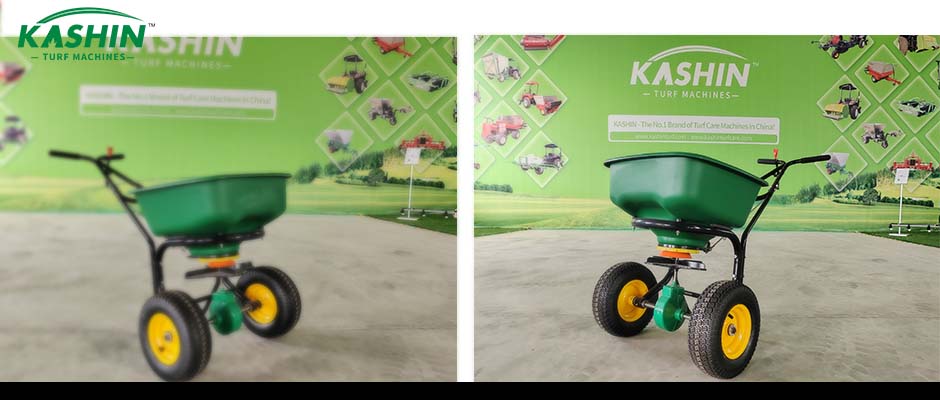The healthy growth of a lawn depends on a variety of nutrients. Although these nutrients are already present in the soil, they still need to be “replenished”.
1. Choose the right fertilizer. Nitrogen is not only the element with the highest content in plants, but also the nutrient that needs to be supplemented the most, followed by potassium and phosphorus. These three elements are essential for the growth and recovery of plants, but too much or too little will cause growth problems. The timing, amount and method of fertilization are also very particular.
Due to differences in climate, soil and grass species, one fertilization plan cannot be applied to all lawns, but there are still general principles. For example, nitrogen fertilizers are generally divided into fast-acting and slow-release nitrogen fertilizers. If the amount of fast-acting nitrogen fertilizer is too large, it will cause fertilizer damage. On the contrary, if only slow-release nitrogen fertilizers are used, the lawn may grow slowly under favorable growth conditions, and it will be more vulnerable to damage under unfavorable environments due to poor growth. Therefore, the ideal fertilization method is to use a combination of fast-acting and slow-release nitrogen fertilizers. Most high-quality lawn fertilizers contain the above two types of nitrogen fertilizers, which can meet the daily nutrient needs of plants for a long time (generally 6 to 12 weeks). The fertilizer label usually indicates the product’s fertilizer effect and the type of nitrogen fertilizer it contains. If you can’t find the above information on the product packaging, don’t buy it. In addition, it must be noted that the price of slow-release nitrogen fertilizer is higher than that of quick-release nitrogen fertilizer.
2. The best time to apply fertilizer In short, the lawn should be fertilized when it is growing well, otherwise it does not need to be fertilized. When the environmental conditions (temperature, moisture and sunshine) are not good, fertilizers cannot make the lawn grow. The best growth temperature for cool-season grass is between 15.5℃-26.5℃. In northern climate conditions, spring and autumn are generally the peak growth period, while midsummer growth is slow. Warm-season grass grows best when the temperature is above 26.5℃, so it is advisable to fertilize during the peak growth period.

3. Correct application of fertilizer Improper application of fertilizer cannot guarantee the fertilization effect. Therefore, the correct method is to apply the right amount of fertilizer in the right place. The most commonly used fertilization tools are sprayers, liquid fertilizer applicators, and rotary or broadcast fertilizer applicators. Sprayers are easy to use, but it is difficult to apply fertilizer evenly. Liquid fertilizer spreaders are more convenient in setting the speed, but you must ensure that the entire lawn is covered. Rotary fertilizer spreaders are currently the most effective and accurate fertilizer spreaders, and can quickly apply fertilizer to a large area. To achieve the best fertilization results, be sure to pay attention to the following points:
1. Purchase a high-quality fertilizer spreader, familiarize yourself with the functions of the fertilizer spreader, clean the fertilizer spreader after using it, start moving before turning on the fertilizer spreader, and turn off the fertilizer spreader before stopping.
2. Fertilize when the lawn is growing well.
3. Set the fertilizer spreader according to the requirements on the fertilizer label.
4. All lawns should be fertilized without missing any.
5. Avoid using large-particle fertilizer products when using a rotary fertilizer applicator.
6. Watering immediately after fertilizing can improve fertilizer efficiency. It is best to fertilize before it rains.
Post time: Nov-14-2024
